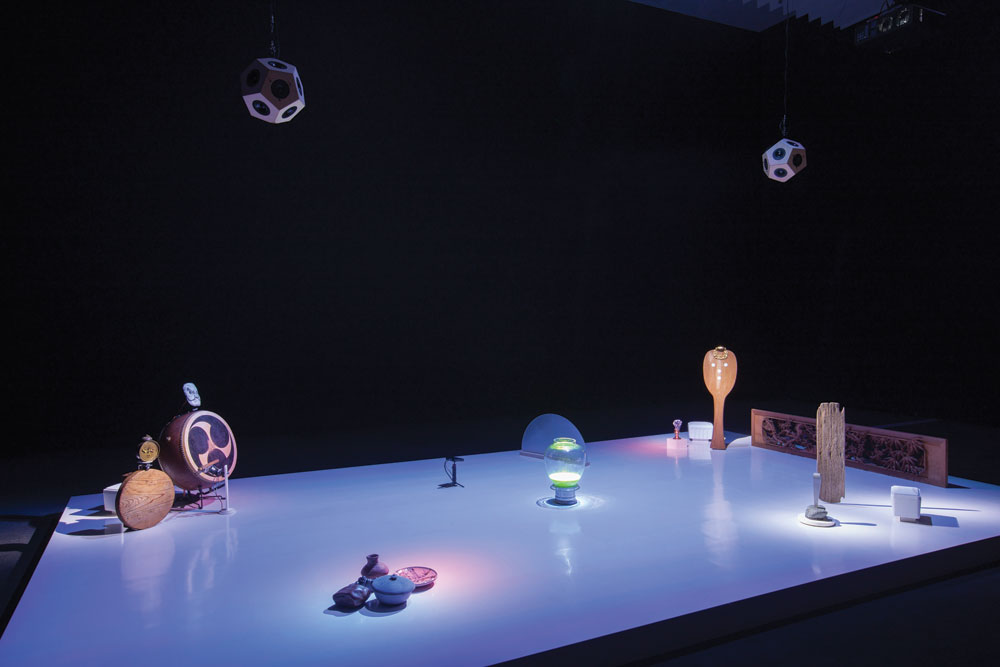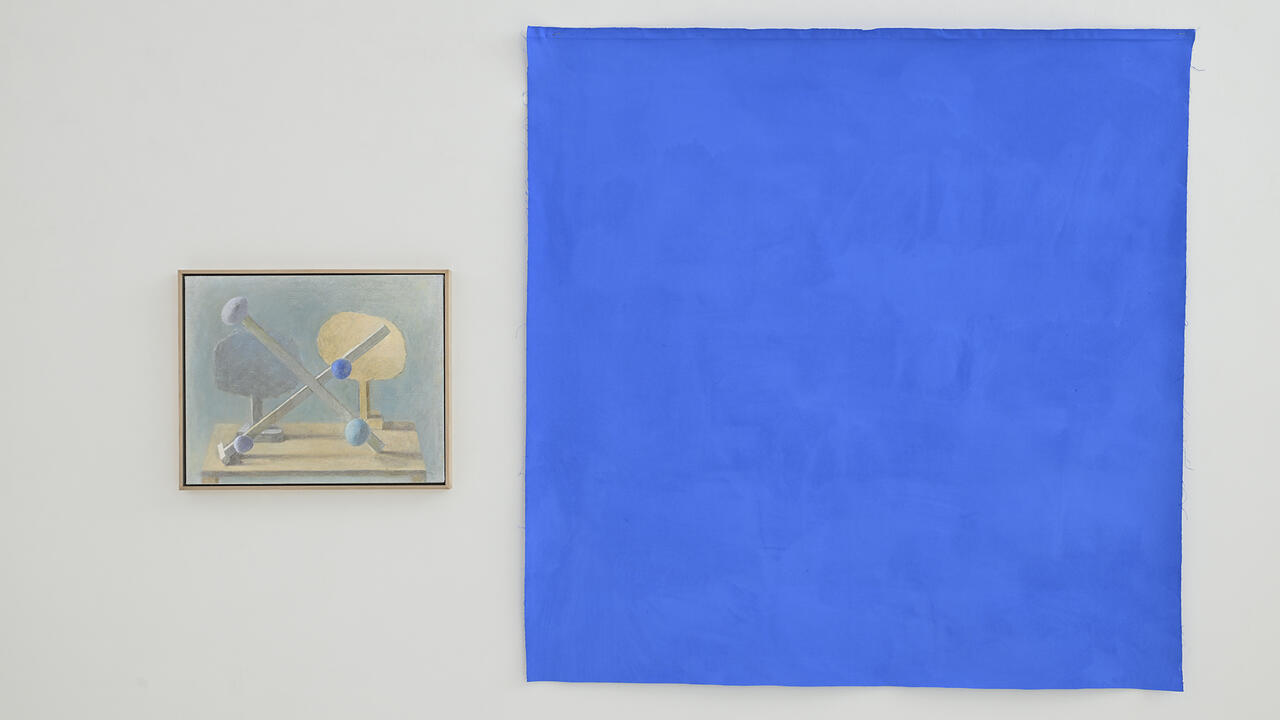Roppongi Crossing
Mori Art Museum, Tokyo, Japan
Mori Art Museum, Tokyo, Japan

Every three years since 2006, Mori Art Museum has hosted ‘Roppongi Crossing’, a sprawling showcase of Japanese contemporary art. This year’s edition, ‘My Body, Your Voice’, presents work by 20 artists and artist groups covering – in fairly chaotic fashion – such loaded topics as natural disaster, labour and the US military presence in Okinawa. Despite the breadth of subject matter, the exhibition exposes how artists are revisiting familiar tropes through immersive storytelling, formal sophistication and direct engagement with difficult subject matter.
Yamashiro Daisuke’s Talking Lights (2016) is a short play about loss after disaster that casts multiple inanimate objects as its protagonists, inflected by Noh drama, folk music from Japan’s Amami islands and modern minimalist dissonance. Peppered with poetry, the non-linear plot builds up to a child reminiscing about how much fun he used to have at his father’s noodle shop, which no longer exists. ‘Five years have passed since then,’ he says, in a subtle dedication to the fifth anniversary of Japan’s earthquake, tsunami and nuclear disaster.

Aernout Mik’s silent film Cardboard Walls (2013/16), screened in parallel to the show, is set in a large hall in Fukushima that was converted into an evacuation shelter in 2011. In the same space, two years later, Mik re-created the shelter’s temporary walls and conscripted casualties of the tsunami to re-enact scenes emulating their experiences, including sad or angry victims berating disturbed, prostrating officials. So powerful is the push and pull of this seemingly real yet unbelievable footage, that when the evacuees inexplicably begin piling up cardboard boxes, the film’s documentary tension instantly collapses at the hands of this opaque fictional action.
Takayama Akira’s video installation The City and Its Tower (2016) juxtaposes the experiences of foreign labourers working on venues for the Tokyo 2020 Olympics with those of two Japanese men with connections to the Tokyo 1964 Olympics. On one screen, an old man recounts vignettes from his chequered life as a contract labourer; on another, a construction tycoon describes his work on the second-tallest building in Japan. The economic divide between these men reconfirms that labour is not a homogenous category of experience.

The exhibition’s wall texts repeatedly exhort one to find political freight in the art, even though many of the works themselves seem to stress other angles. Miyagi Futoshi’s video Flower Names (2015), for instance, is ostensibly a take on US military bases in Okinawa, but the screenplay also fuses drag performance, literary history and the latent homoeroticism associated with military base culture. It left me questioning why the artist chose to ignore the more urgent product of that culture: assaults by US military personnel on Japanese civilians. The wall text neutralizes the idea of violence with a feel-good platitude: ‘With a sense of hope, Miyagi explores the relationships that transcend simple boundaries and divisions like friend and foe, and assailant and victim.’
The show’s most disarming and astute work is Shimura Nobuhiro’s Japanese Cattle (2015). Shot in 8mm on the islands of Mishima, it comprises granular black and white visuals overlaid with ranchers speaking about the island’s Wagyu cattle as if they were family members. What makes this film more than just entertaining is the way it reflects ecological issues in Japan’s post-nuclear meltdown context. One could argue that the islanders’ quaint but naive exaltation of Mishima’s cattle, which are protected from crossbreeding, constitutes a defence of the sanctity of life, which, in turn, implies a condemnation of meddling with the Earth’s elements. Rather than connecting these dots explicitly, the film allows viewers to draw their own conclusions. As with many of the best pieces in ‘Roppongi Crossing’, by looking beyond the curatorial gymnastics we can see the politics and social commentary embedded in the work itself.
























